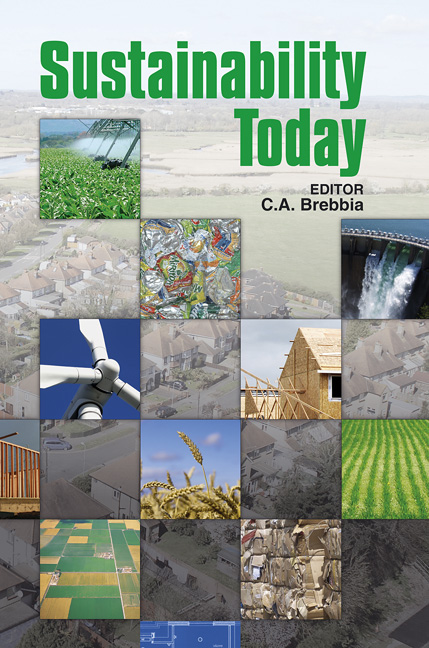Assessment Of The Potential Of Residuary Microalgae From A Stabilization Pond For The Production Of Biofuel
Price
Free (open access)
Transaction
Volume
167
Pages
11
Page Range
187 - 197
Published
2011
Size
2,618 kb
Paper DOI
10.2495/ST110171
Copyright
WIT Press
Author(s)
G. E. G. Vieira, A. da S. Cardoso, A. K. Marques & A. Pickler
Abstract
Biomass with high lipids are necessary to the biodiesel industry since the demand for this biofuel is increasing in Brazil and the main oilseed crop used for producing biodiesel in Brazil will not be able to aid the production of biodiesel without arable lands destined only for that purpose. Thus, the microalgae emerge as a potential biomass and they are being used as a source of products for biofuel production because of their high productivity and rapid growth. However, the high cost of microalgal biomass production is the main factor that prevents the use of its products on a large scale. Thus, this work is aimed at using microalgal biomass already present in effluents from aerobic and anaerobic lagoon ponds used for processing the effluent of the UASB reactor; to obtain products and it is proposed to use these as a biofuel. Initially, a qualitative and quantitative characterization of the microalgae species present in the aerobic anaerobic lagoon was performed. The biomass was recovered from the effluent using a vacuum filtration system and sun-dried. For the extraction of total lipids a mixture of polar and apolar solvents was used. The extract was analyzed using FTIR and GC/MS. The results showed that, in quantitative terms, the taxa Cyanobacteria and Euglenophyceae were predominant. In relation to the species found, the species with the largest number of individuals per milliliter were Lepocinclis salina Frits., Plankthotrix isothrix Bory and Euglena sp. The extract obtained presented values of 16 wt%. The infrared spectrum showed the presence of ester and alkanes just like the GC/MS analysis. The microalgae
Keywords
effluent from aerobic and anaerobic lagoon, lipids, hydrocarbon, biodiesel from microalgae, environmental impacts





